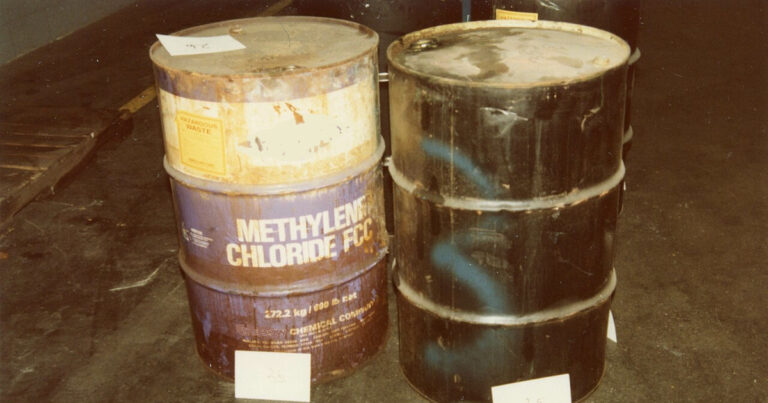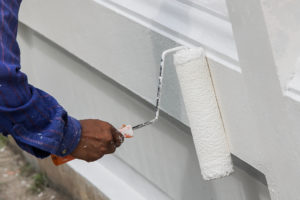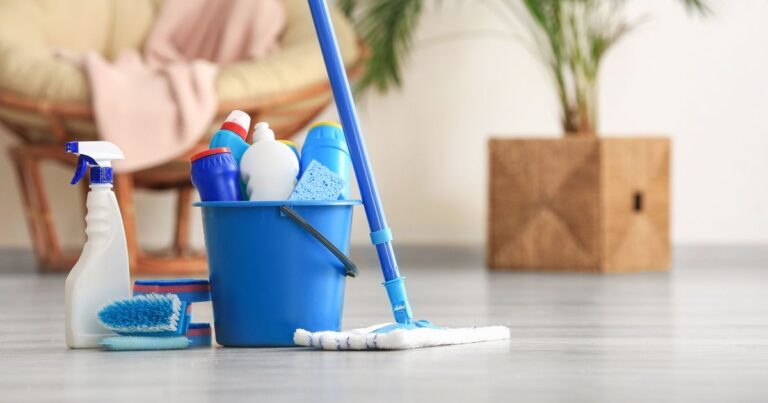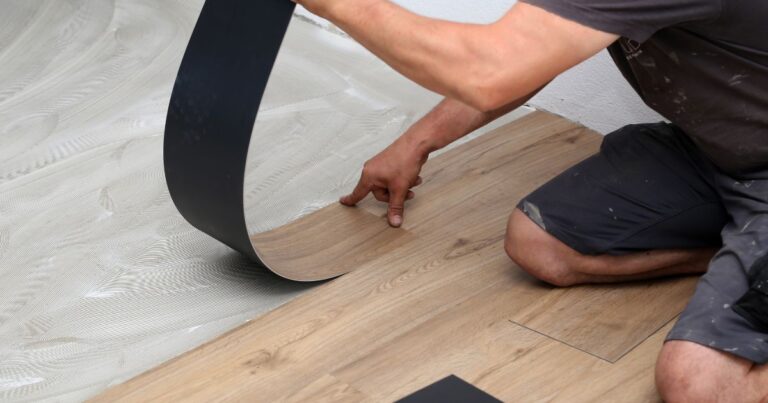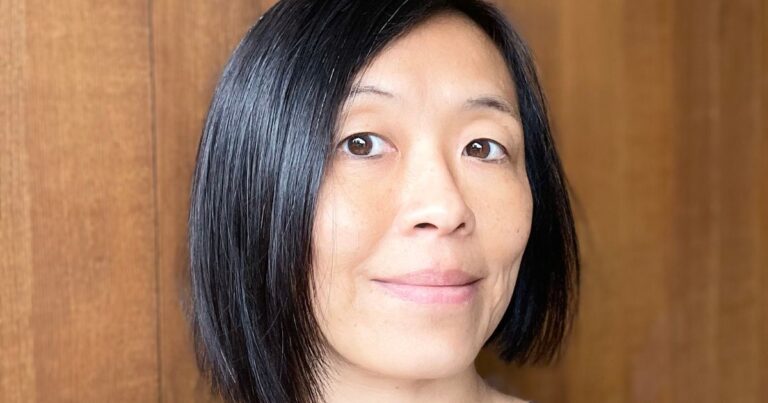Healthy Housing
What is Healthy Housing?
The materials used to build our homes play a critical role in creating healthy living environments—but too often, toxic chemicals in building products contaminate indoor spaces and can harm human health.
With many residents of affordable housing belonging to vulnerable groups such as children, people with disabilities, and the elderly, it’s particularly important to make sure affordable housing is built with the safest materials.
Unfortunately, residents of many of the current federally subsidized properties actually carry a disproportionately heavy burden: thousands of these properties are contaminated by toxics, such as lead and arsenic, from nearby Superfund sites. And there is a long history of lead poisoning among residents of subsidized housing due to the use and lack of control of lead paint. These toxic exposures come on top of stressors from poverty and racial discrimination for many affordable housing residents.
At Toxic-Free Future, we believe that safe, affordable housing must include the use of healthier building materials—protecting residents from harmful chemicals and promoting equity in every neighborhood.
A simplified guide to choosing clean building materials for multi-family housing
From phthalates in sealants that are known hormone disruptors to toxic flame retardants in insulation, many common home construction materials include toxic ingredients that can damage our health. The Guide to Clean Building Materials for Multi-family Housing highlights material categories that contain toxic chemicals and the healthier alternatives that are recommended to replace them.

Related Key Project
How can we make housing healthier?
A growing movement seeks to change this trajectory and move toward racial equity by focusing on healthy, culturally sensitive, and community-based design and construction.
From phthalates in sealants to formaldehyde in cabinets and countertops, many common home construction materials include toxic ingredients that can damage our health. Research has demonstrated when toxic chemicals are used in building materials, those chemicals turn up in our indoor air and dust, exposing building occupants. But when builders choose healthier materials, indoor spaces have lower levels of toxic chemicals such as PFAS and flame retardants.
Healthier materials are available today, and using these materials presents a key opportunity. Improvements in housing materials will truly improve public health once healthier housing environments become the standard for affordable housing.
What policies guide material use in affordable housing?
In 32 states, affordable housing built with a key federal funding source must meet certain standards for sustainable development. Nationally, the organization Enterprise Green Communities creates and implements these standards. These standards prohibit use of some toxic chemicals, such as phthalates in vinyl flooring, but need to be strengthened to accelerate the move to healthier materials.
Choosing healthier building materials
In many cases, there are healthier building materials available. Housing developers can select these better options that make our homes healthier and that are safer to produce and dispose of.
For example, some insulation contains persistent and toxic flame retardants. Healthier alternatives, like blown-in fiberglass or expanded cork, offer a path to healthier homes. Similarly, windows, flooring, wall coverings, and other items made of PVC/vinyl often contain toxic additives and manufacture of these items creates hazards for communities. Linoleum floors and fiberglass windows are examples of healthier alternatives.
Tools to guide selecting healthier building materials
Developers of affordable housing can consult the Healthy Materials guide published by the Housing Development Consortium (HDC)’s Exemplary Building. This guide is intended to help developers identify the key decision points for making healthy materials choices and was created with support from SKL Architects, TFF, Healthy Building Network, and the International Living Future Institute.
Healthy Building Network’s Informed Product Explorer is a detailed tool that can help designers choose materials that are safer for building occupants as well as residents of communities where the materials are produced and disposed of.
The International Living Future Institute, home of the Living Building Challenge, has a guidebook for red-list free affordable housing.
Webinar Video
Toxic-Free Future was part of the Learn at Lunch: Healthy Building Materials webinar hosted by the Housing Development Consortium that explains the new tools from the Exemplary Building Program that helps identify healthier building materials that are safer for human health.
Latest news on healthy housing
